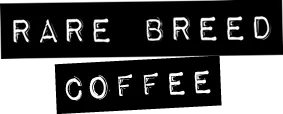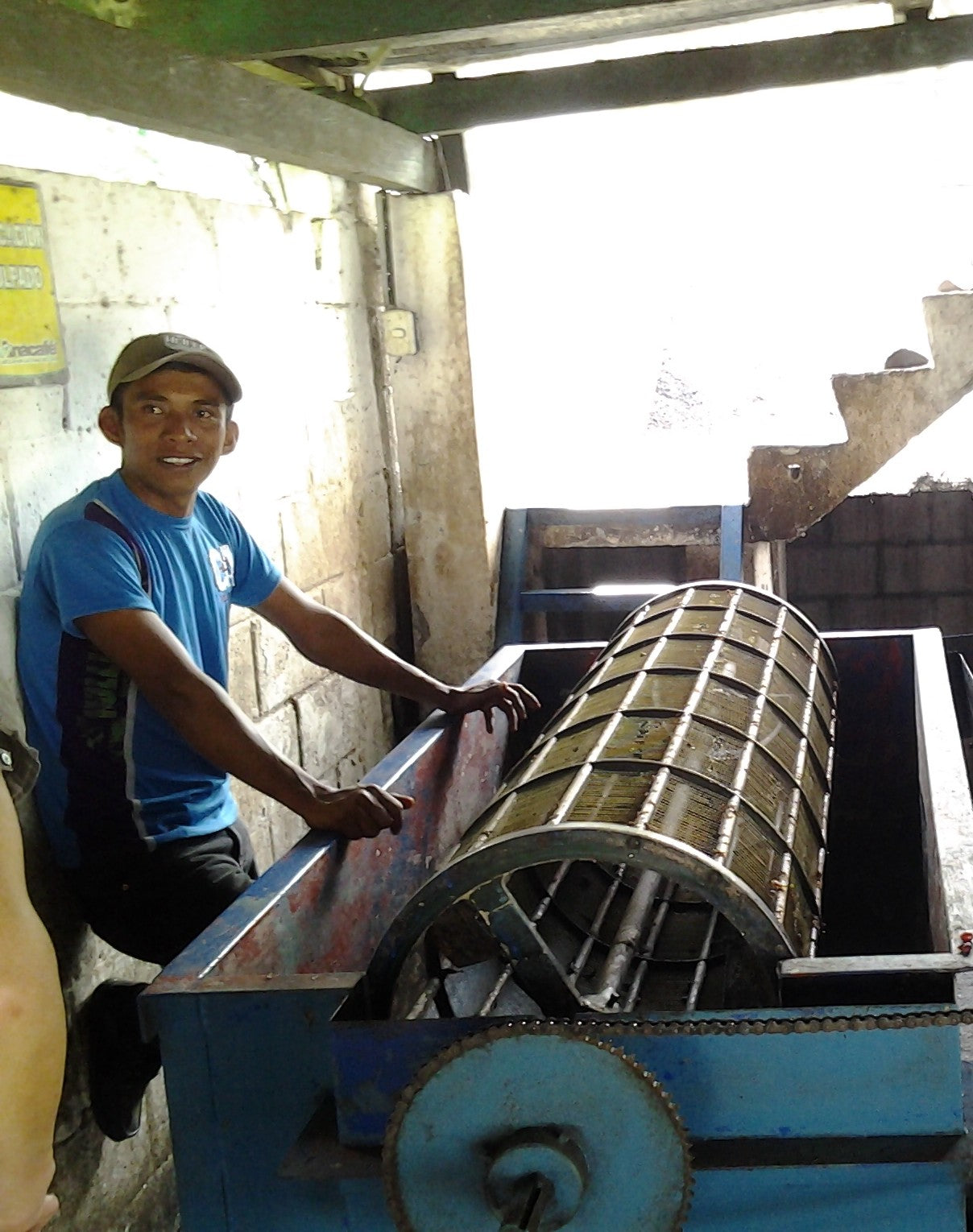Coffee Culture on the Mountainside
Our coffee ambassador
When Emeran and I visited La Voz Coffee Cooperativa along the shore of Lake Atitlan in Guatemala, we had the privilege of being guided up the Nariz mountainside by a coffee farmer named Erwin. Erwin was the type of person who can bridge cultures. He was energetic and spoke Spanish, English, and pieces of his ancestral Mayan language, which has actually been banned in the area. His worldview was so different from ours, but he communicated with us in a way that created a window into his culture, and the culture of the mountain we were climbing up.
The coffee trees
When we stepped onto the path that would lead us up the mountain, the first things I saw were all the coffee trees (I’ve been trained). They were everywhere, like the blueberry bushes we might see hiking on Pac Monadnock on a New Hampshire summer day. They grew to about six feet tall. On this mountain, Caturra and Bourbon coffee varieties were grown. The Caturra was relatively short and stocky, and its leaves were full and healthy. The Bourbon was tall and elegant, but clearly more frail then its nearby cousin. The coffee trees were growing under the shade of massive avocado and banana trees.
Erwin explained to us that coffee plants can produce cherries for about 45 years. Cherry production drops off significantly as the
plants age, so the farmers cut them down and graft young healthy trees onto the old root bases about every 15 years. Other farms we visited grew coffee from seed. The trees here had about three shoots grafted onto each stump (if you started from seed there would be one branching shoot). Sometimes farmers graft Arabica trees onto Robusta roots so that the base is strong, but the bean quality is high. Farmers’ land was identified using barriers of distinctive cacti and castor plants. Erwin had his own plot of land further up the mountain.
Connection to the earth
Organic practice was extremely important to the coffee community at La Voz. Erwin explained to us that in his religion, people were made from the earth. The Maya believe that people were created because the gods wanted sacrifices to be made to them. The animals were not able to sacrifice properly so the gods attempted to make humans out of mud and wood, but both attempts failed. The gods created a flood to get rid of these attempts. They ended up making humans successfully from corn with the help of lightning from a nearby mountain. I was surprised that pieces of Erwin’s creation story, like the flood narrative, sounded like parts of religions that developed out of the ancient Mesopotamia region, including Christianity. Erwin picked up two red seeds from the ground and gave one to me and one to Emeran. He told us that shaman use them to create hallucinogenic states and the Maya believe this seed has powers that can protect us from evil. Emeran and I did not attempt to test the hallucinogenic properties of the seeds, but we did have a safe trip, so maybe the seeds worked in our favor.

Women at La Voz
As we walked up the mountain, we passed women picking cherries and tending to their plants. They had babies on their backs and children by their sides. Erwin told us that in his culture, women generally are married by the time they are 13 and they usually have multiple children by 16. They receive little or no education and they depend on their husbands completely for money. Working for the co-op gives women in his community more financial freedom. The co-op hires women farmers as well as women money-handlers. They have found women to be more trustworthy and organized when it comes to handling the funds. I’ll leave that one right there.
Until next time
When we got back to the base of the coffee mountain, Emeran asked Erwin where he would travel if he could go anywhere in the world. Erwin looked surprised by the question. He responded, “Why would I want to leave here?” Erwin took pride in his land and his people. His heart and soul was in this place. We were so lucky to meet him and to get to see the world through his eyes for one afternoon.


